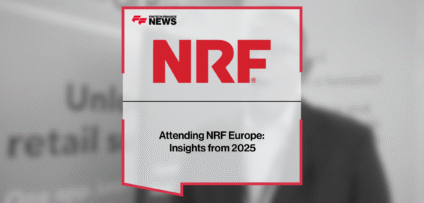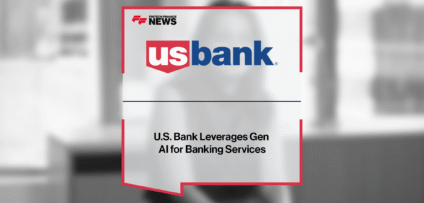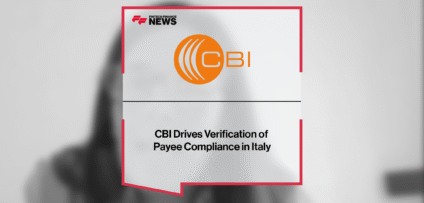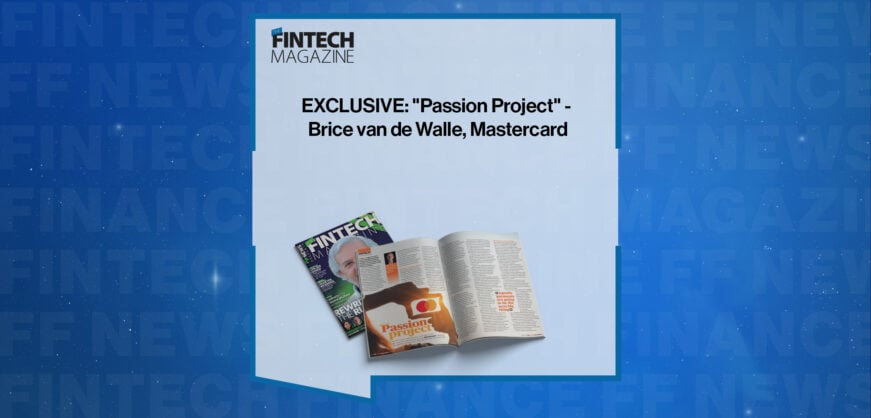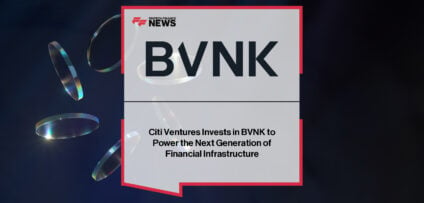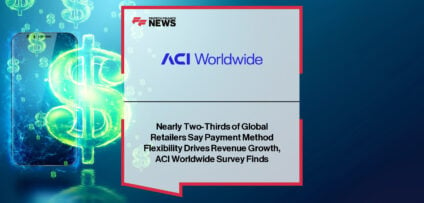Breaking News
How Are Build-vs-Buy Decisions Shaping the Future of Payments? | Volante’s Nihit Ahuja and NatWest’s Lee McNabb
Nihit Ahuja, who’s in charge of Europe at Volante Technologies, and Lee McNabb, who leads payment strategy at NatWest dive into the age-old question of whether to build or buy payment solutions.
Nihit starts by sharing why buying a ready-made payment platform can be a smart move. He explains that using a vendor’s solution can really help banks get ahead. These platforms come with compliance and best practices already included, plus features like ISO 20022 support and are ready for the cloud. Since these solutions come from lots of past experiences, banks don’t have to start from scratch. Basically, it speeds up the time to launch.
But buying isn’t always the best choice. Nihit points out that banks often want to build things when they’re looking to stand out, especially in creating unique customer experiences.
That’s where in-house development comes into play. For more routine tasks—what he calls “commodity” functions—most banks find it makes more sense to buy. They want products that are easy to use but also flexible enough to grow with their needs. Cutting down on reliance on vendors while staying adaptable is a big part of today’s buying approach.
Lee McNabb shares a real-world example from NatWest, talking about their experience with Confirmation of Payee (CoP). He recalls going through the usual process of deciding whether to build the solution or collaborate with a specialist. While building would give them more control and reduce integration issues, they ultimately went with SurePay. Why? They were the best fit for what they needed, offering technical know-how, scalability, and a clear path for future changes—especially as CoP evolves into Verification of Payee in Europe.
Lee stresses the need to keep an open mind when thinking about build versus buy. The best results come from a balanced approach, carefully considering the implementation and operational side of both choices, while being clear about where the best value for the organization lies. For NatWest, partnering with SurePay was a thoughtful, data-driven choice that has proven effective in a fast-paced environment with fraud risks.
In the end, both perspectives highlight that there isn’t a simple answer. Success comes down to a bank’s ability to figure out which capabilities are critical, what tasks can be outsourced, and how to stay flexible for future challenges.
- EXCLUSIVE: “Passion Project” – Brice van de Walle, Mastercard in ‘The Fintech Magazine’ Read more
- FreedomPay Drives Global Merchant Innovation Read more
- FIS Brings AI-Powered Advancements to Seamless, Personalized Digital Banking Experiences Read more
- Citi Ventures Invests in BVNK to Power the Next Generation of Financial Infrastructure Read more
- Nearly Two-Thirds of Global Retailers Say Payment Method Flexibility Drives Revenue Growth, ACI Worldwide Survey Finds Read more









